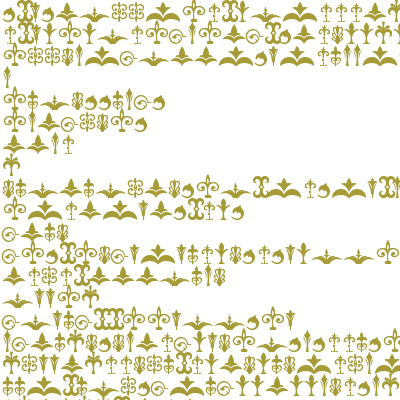An Assymmetrical Gynandromorph of Cerotoma Facialis (Coleoptera: Celerucidae)


Excerpt: There is a marked sexual dimorphism in beetles of the genus Cerotoma. The female has cylindrical antennal segments; a smoothly convex frons that lacks lobes and subantennal pores, and that is usually dark in color; relatively slender protibia with spurs; nearly cylindrical protarsi 1 without pads; and is somewhat larger than the maIe. The male has depressed and enlarged antennal segments 11 1 and 1V; a white, concave frons with various lobes, enlongate setae, and subantennal pores (a pair of pit-like openings underneath the dorsal lobe); rather swollen protibia without spurs; and enlarged protarsi 1 with ventral pads. Only males of Nearctic C. trifurcata (Forster) lack the modified antennae and the concave, lobed faces characteristic of all of the other Neotropical species of the genus. Unfortunately, C. trifurcata is the genotype of Cerotoma.
My examination of several thousand specimens of Cerotoma for a study of variation in the genus has disclosed only one specimen that shows mixed secondary sexual characteristics. This is one of a series of C. facialis facialis Erichson collected from cowpea (Vigna siniensis) near Palmira, Valle de Cauca, Colombia, on 5 February 1960 by agronomist Eduardo Idrobo. The specimen has all black (rather than tan to dark brown) markings, a “clear” (one or more spots absent) elytral pattern, and a commissural suture that is 3.65 mm long. The markings and pattern are common in the deme of this species from this region. The length is small for a female but near average for a male of this deme for this season of the year.



